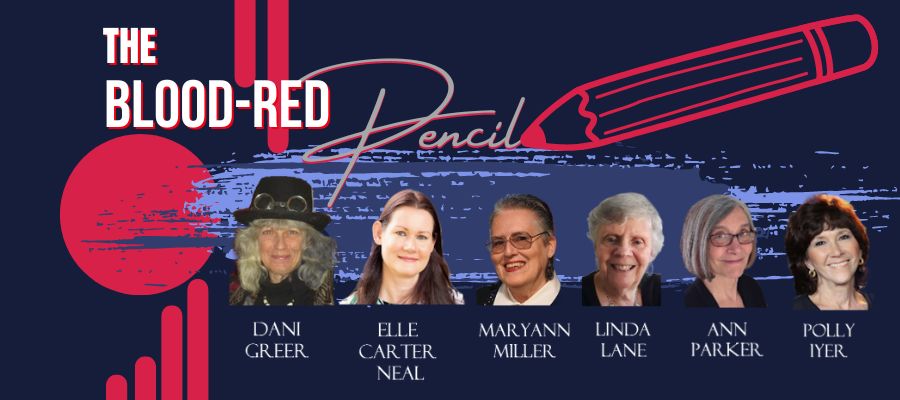I've been so busy dealing with life lately, most of my writing has been about challenges. I caught myself thinking the other day how nice if I were as rich and famous as Nora Roberts or J.K. Rowling, because life would be so much easier, but you know what? I wouldn't want their challenges or burdens. They each have earned a huge slice of the publishing pie which brings with it all the associated responsibilities and commitments, but what I really want is just a tiny slice of my own making. That's where small niche markets can provide a solid career, for me or any writer. The variables for building a writing career are as different as the people writing. For example, I am a journalist at heart and love to write tight, informative articles relevant to modern society. Topics can range from creativity to health to gardening to government. So for me, creating a business where I can use those skills would be ideal. With the many tools available to writers today, like affordab...
